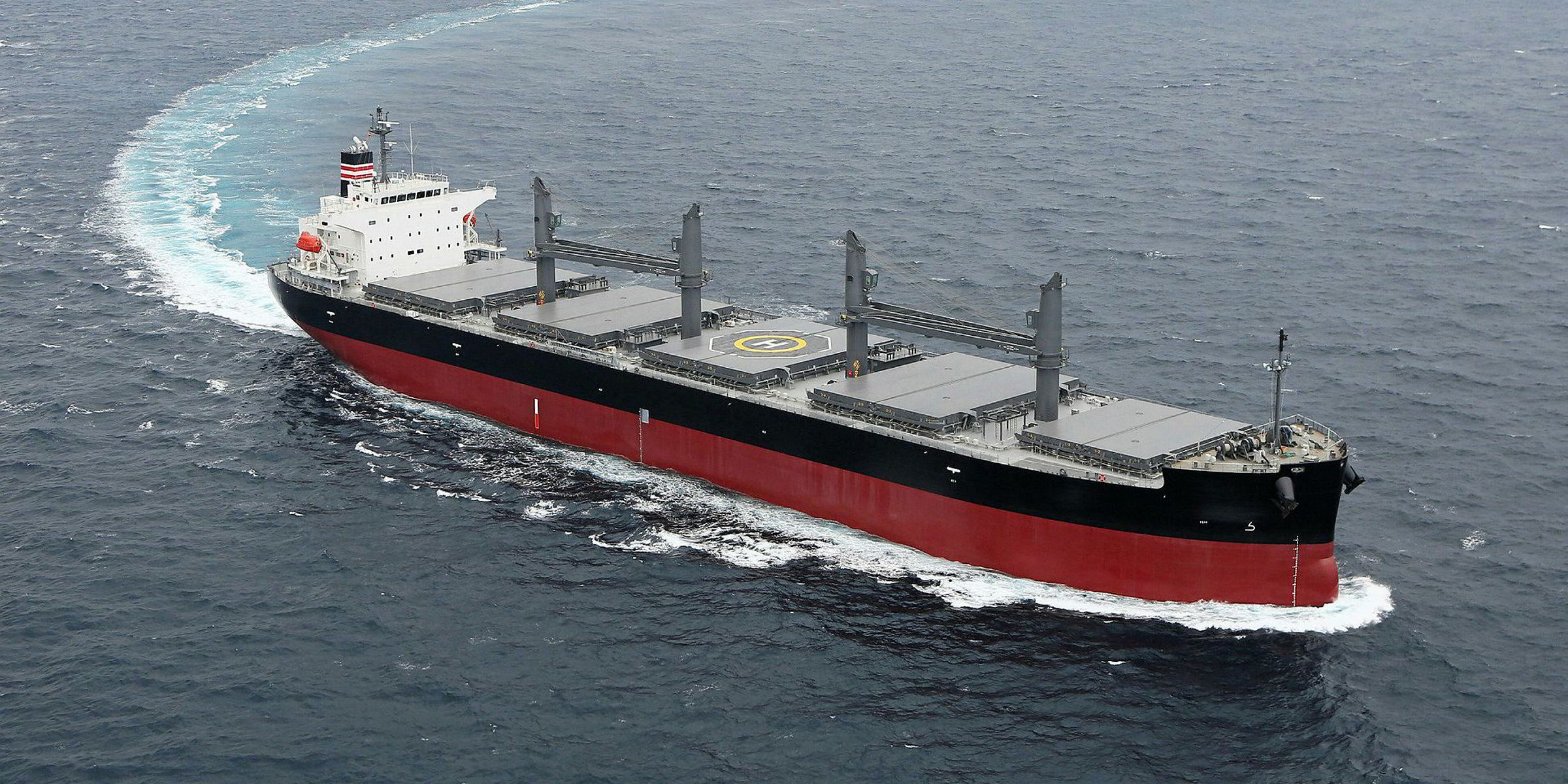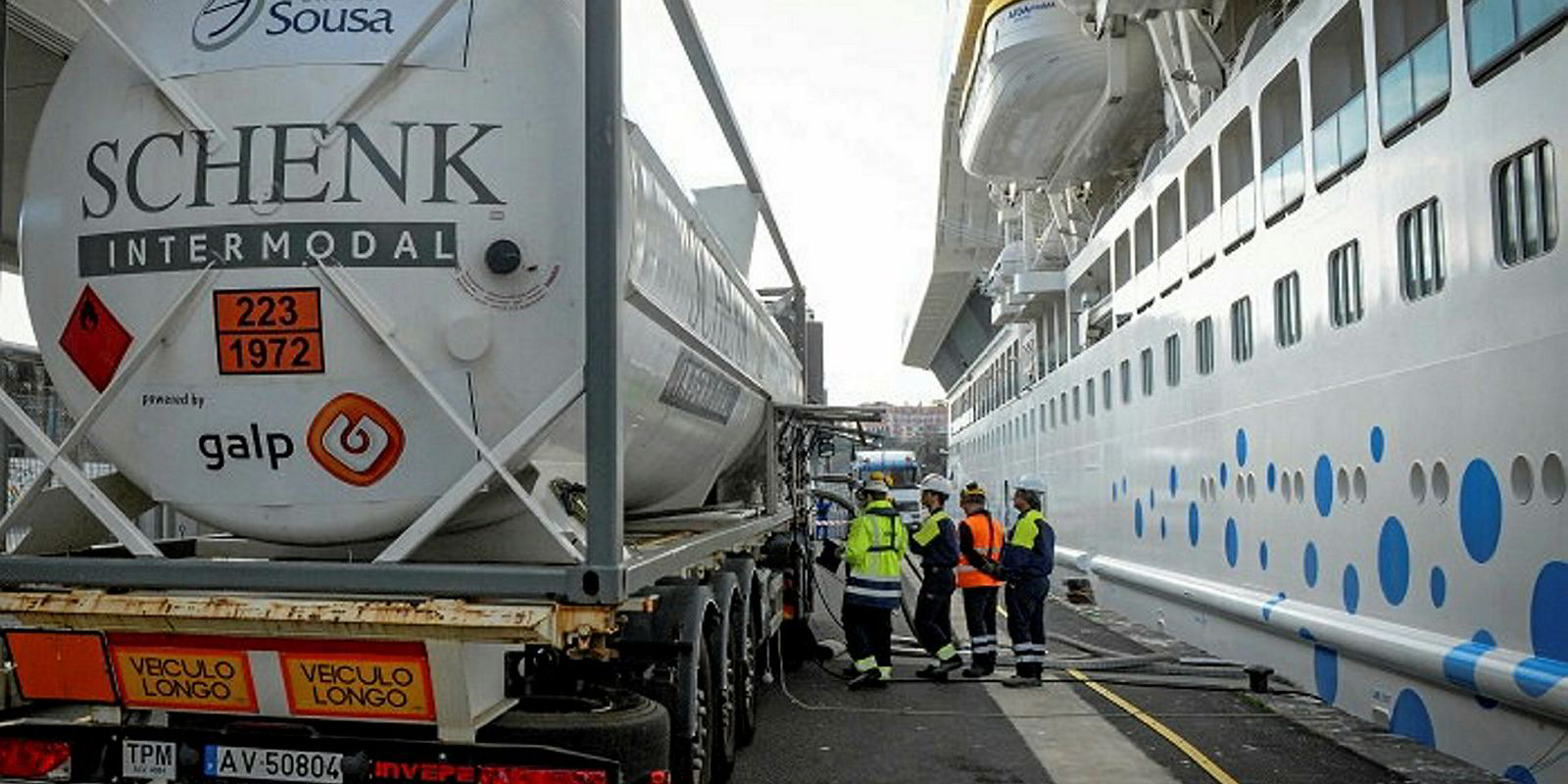With less than two years to go until the start of the IMO’s introduction of a global sulphur cap the adoption of scrubbers remains stubbornly low.
Just 240 vessels have the devices fitted as of 1 December 2017, according to figures compiled by Clarkson Research Services (CRS).
Passenger vessels make up almost half of these ships comprising 57 ro-ros, as well as 62 cruise and ferry units. Meanwhile, just 25 gas carriers and 23 tankers also feature in the total.
Shipowners currently have a number of compliance options to meet the IMO requirements: low sulphur petroleum-based fuels such as marine gasoil (MGO), fuels with a low sulphur content such as LNG, or a scrubber system to ‘clean’ SOx particles from the ship’s exhaust gases.
However, the shipbroker says that while the uptake of SOx scrubbers in the fleet has so far been limited mainly to vessel types that already spend a large proportion of time in Emissions Control Areas (ECAs), the proportion of new contracts for scrubber-fitted ships appears to be on the rise.
“The growth in the scrubber-fitted fleet looks set to accelerate, with the proportion of new contracts for scrubber-equipped vessels increasing from roughly 1% in the period 2012-15 to around 5% in 2017 so far,” CRS said.
“Despite the trend, this remains a small proportion of total ordering which has itself been limited, with many owners appearing to adopt a ‘wait and see’ policy.
“Although scrubbers can eventually reduce costs by allowing vessels to burn cheaper fuel, high installation costs mean that owners installing equipment today face a long payback period.”
There also remains uncertainty over how the refining industry will meet the growing need for low sulphur fuels, and over the costs of competing technologies such as dual-fuel LNG engines, leading owners to remain cautious, the shipbroker said.
“With the 2020 sulphur cap fast approaching, owners still face an important decision on whether scrubbers are the right option for their vessels,” it concluded.




